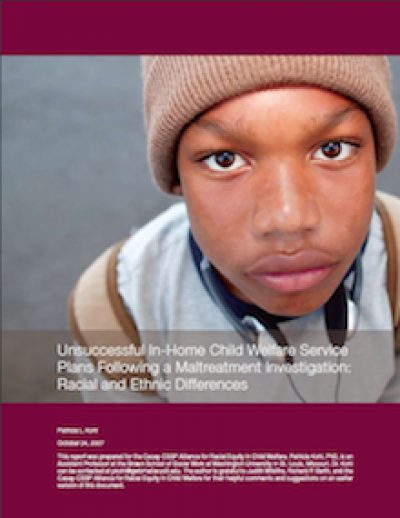Disparate Placements
The placement process isn’t consistent. Black children who initially remained at home are more often placed out of the home upon follow-up.

This report utilizes data pulled from a national study to analyze a very specific population: Children who remained in their homes after an initial maltreatment investigation. Statistics on substantiated allegations and eventual out-of-home placements show where racial and ethnic differences do — and do not — exist when these families are re-investigated for child maltreatment.
This paper presents findings from a national study on investigated child maltreatment cases. Its focal population—3,900 youth who didn’t get routed to foster care but remained at home following an initial investigation—represents an understudied, at-risk group of children.
We hope you'll find value in this report. We’d love to get a little information from you, which we'll use to notify you about relevant new resources.